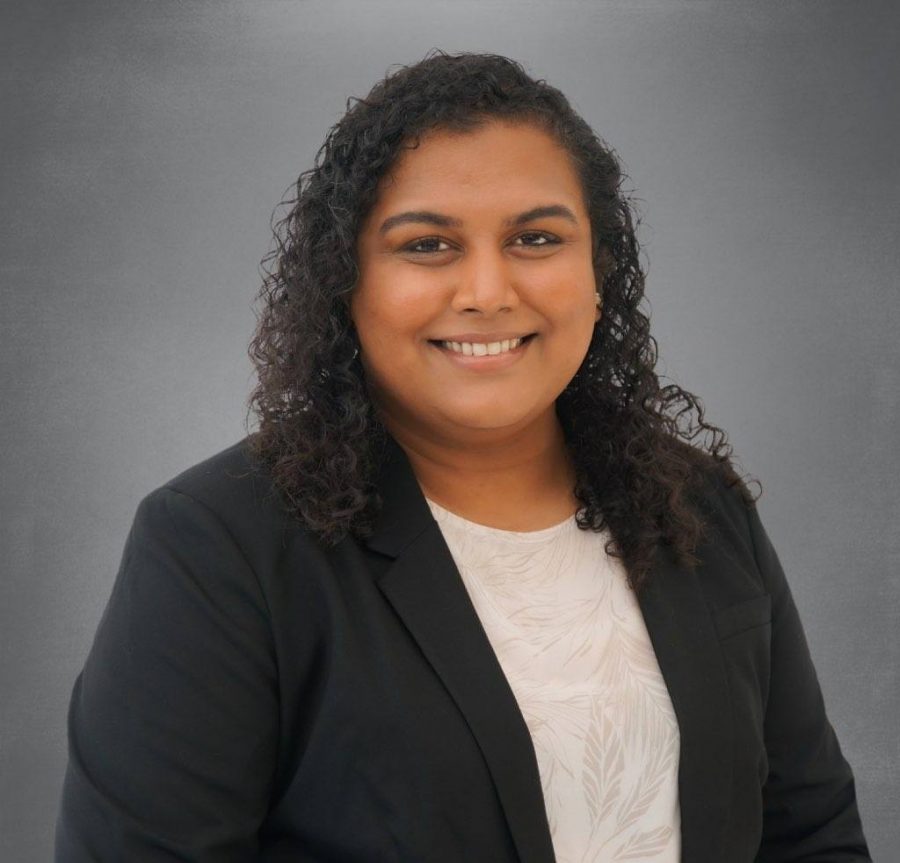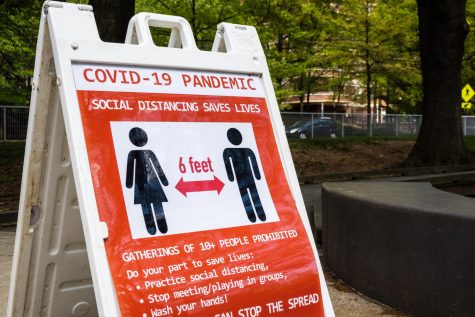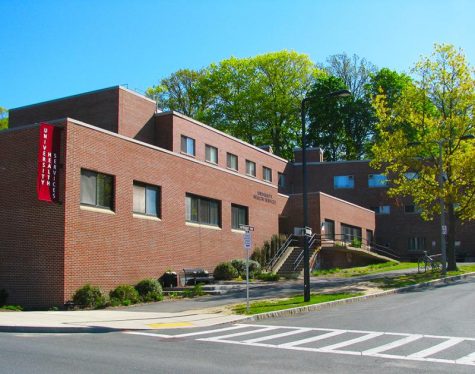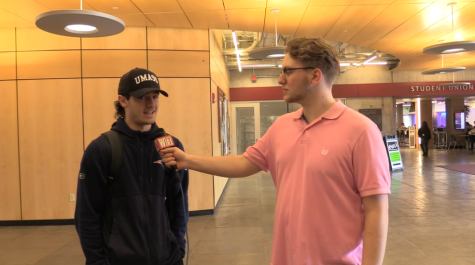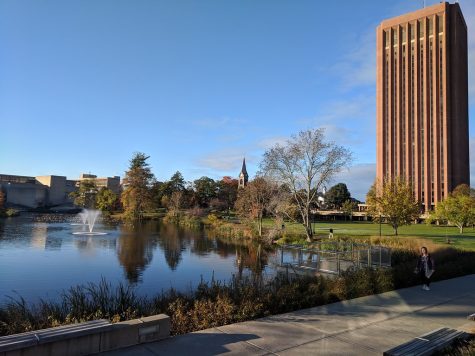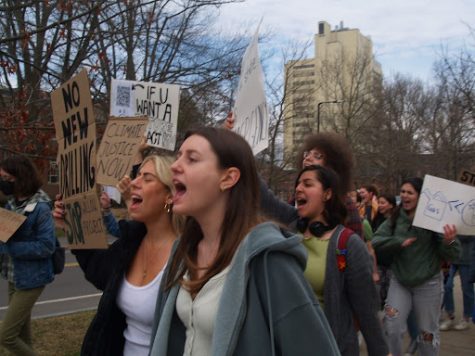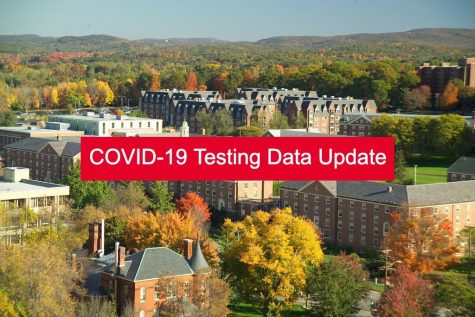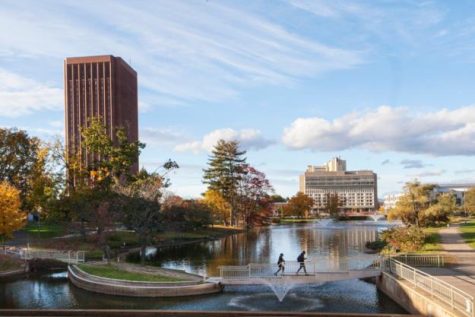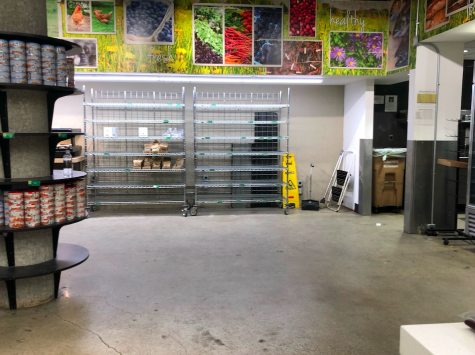A snapshot of the life of a Boston medical student during the COVID-19 pandemic
Suffolk County has over 55,000 COVID-19 cases to date
BOSTON — The city is witnessing a significant rise in COVID-19 cases, putting pressure on not only healthcare professionals but medical students in training as well.
According to the New York Times, Suffolk County has experienced 57,742 cases with upwards of 500 new cases every day. The rise in cases has put heavy pressure on healthcare professionals to treat COVID-19 patients faster and more effectively. Alongside healthcare professionals, roughly 700 medical students at Boston University have been struggling to continue their training during the pandemic.
Janhavee Deshpande, 29, is a Boston University medical student finishing her fourth and final year. She is currently doing her rotations at Boston Medical Center. Medical students typically go through clerkships, or rotations, in their final year. During these rotations, students are required to rotate through different medical specialties and treat different patients while under the supervision of physicians. Deshpande is also currently applying for residency, postgraduate medical training programs, typical for fourth-year medical students. She emphasized how the pandemic has affected the process of residency applications in particular.
“First and foremost, the pandemic has kind of messed up a lot of the timelines for medical school. A lot of our rotations at the start of the pandemic became virtual, and that was annoying as a then third-year med student because I was in the hospital, but then suddenly I’m back to classroom learning,” said Deshpande. “Secondly, it changed our residency application timelines — it actually extended it — which is nice, but also frustrating because you want to interview and get everything over and done with so you can finally figure out where you’ll be working.”
Deshpande also talked about the pandemic’s impact on her daily life. She now has to consider every action carefully, even seemingly minor matters such as where to have lunch while working in the hospital, or how to physically get to the hospital or campus. According to Deshpande, a typical day before the pandemic would have included being in the hospital all day, eating lunch in the hospital, and not having to constantly wear a mask when tending to patients or being around coworkers. However, all of that has changed now. Deshpande now wears a mask at all times, cannot eat lunch inside her workrooms and must find a socially distant location before pulling down her mask.
“As a medical student I’m lucky I’m not allowed to see COVID patients,” said Deshpande, “The dean of our school kind of came down hard on the hospital and said ‘you will not send any medical students to go see COVID patients.’ That being said, there are plenty of patients that I have seen that were under suspicion for COVID, but when the negative test came back, I got to go see them and it wasn’t a problem.”
Although Deshpande does not come into direct contact with COVID patients themselves, her day-to-day experiences as a medical student in the hospital have been affected by them.
“I think as a student I was shielded from more difficult things, but I definitely remember feeling frustrated on some of the elective rotations I did,” said Deshpande, while describing a particularly trying experience during an elective rotation. It is a specific type of rotation that medical students are able to choose to do on their own accord.
“We were trying to conserve personal protective equipment (PPE) because it was an elective rotation and [COVID] is not the primary problem the patient has. It was kind of frustrating not being able to go and see the patients myself. We would call into their rooms and talk to them to figure out their symptoms and stuff. So, it was frustrating, even now there are certain electives and consult teams that don’t go and see all of their patients because they want to conserve PPE.”
When asked about whether the pandemic has made her medical student training more difficult or easier, Deshpande said that it was a little bit of both.
“It’s definitely made it more difficult because at the start of my fourth year we weren’t even sure if we were going to be allowed in the hospital, but once we were, we were very lucky on that end. Now as a fourth-year I think we’re so close to getting our MDs that most people look at us and they’re like ‘you can handle a patient, you can handle this, that, and the other,’” said Deshpande. “So, in that way it’s kind of been nice to be — essentially for four months — the only medical students in the hospital; because first, second, and third years were not allowed. So, that was actually a lot easier because you’re not having to share patients, you get a lot more experience, you get to interact a lot more with your team and be an essential part.”
After Deshpande acknowledged the positive aspects of going through the final year of medical school during a pandemic, she also acknowledged the negatives.
“At the same time, it sucks because the fourth year is supposed to be this time where once you’re done with your core rotations you get to enjoy yourself and do rotations you like,” she said. “Some of these electives have been canceled because of COVID and people are scrambling to reschedule stuff so that we have enough credits to graduate.”
Deshpande also described the difficulties she faced concerning the social aspects of her student life. She expressed minor disappointment at not being able to socialize with her fellow medical students and friends, something that they have not been able to do since their first year because of their busy schedules.
Deshpande agreed that most of her fellow medical students felt the same way. She explained that the beginning of the pandemic was a very uncertain time for herself and other medical students. There were delays in the timings of their board exams and uncertainty surrounding their graduation dates and whether they would even be able to graduate on time.
Regardless of this uncertainty, Deshpande and her fellow medical students rallied alongside medical professionals and put their best foot forward toward getting through this pandemic.
When asked how the pandemic is shaping her direction in the future, Deshpande said that she continues to look forward to doing internal medicine in the future as her focus. In terms of looking for residency programs, she and her classmates have all “kept an eye out for programs that dealt with the brunt of COVID.” Deshpande said that she and her classmates were focusing on programs that treated their residents and attendings well. She emphasized that many schools had not treated healthcare professionals well and that those schools were not on her list.
“That’s a big red flag, so in the short term, where I want to go to keep training are not places like that,” said Deshpande. “I have to look out for places where — yeah, it’s COVID and it’s going to suck because you have to work and you’re going to be tired — but is your hospital going to attempt to take care of you?”
Email Archana at [email protected] or follow her on Twitter @archiepuro

